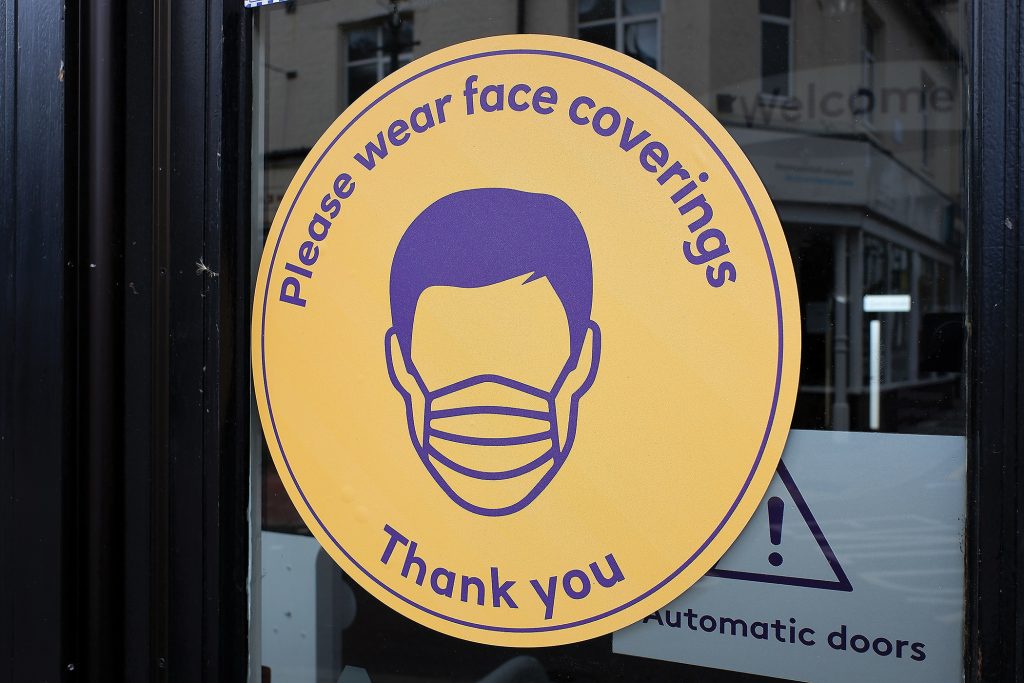
What lies ahead for OHS law in 2022?
February 14, 2022
By
David Reiter

COVID-19 dominated the workplace health and safety discussion through 2020 and 2021. (Peter Fleming/Adobe Stock)
From an occupational health and safety perspective, it seems that all anyone and everyone was talking about during 2021 was COVID-19. But that wasn’t entirely true.
While 2021 was filled with waves of COVID-19 — with the closing or reduction of capacity in stores and restaurants, and with vaccines — there were also several important broad-based changes to workplace safety legislation. And it seems that more may be on the way.
A few of these changes seem to have been focused (at least in part) on reporting and notice requirements that were designed to make the delivery of information to and from health and safety representatives or committee members easier; and others looked to streamline and facilitate the delivery of information to the Ministry of Labour (MOL) in Ontario.
All look to have been made with the aim of making workplaces safer.
As noted above, two rather significant legislative developments in 2021 in the world of OHS in Ontario focused (at least in part) on the sharing of information about workplace safety incidents. Each of these is discussed below.
Changes to post-incident notice requirements
Historically, when there was an accident, a lost time injury, or a critical injury or fatality at a worksite — the Occupational Health and Safety Act, R.S.O. 1990, c.O.1 (OHSA) required that the MOL and, in some circumstances, others be notified.
The specific requirements were traditionally found in the various industry sectors’ governing regulations, such as the Construction or Industrial Regulations.
However, that has now changed. Instead, Ontario Regulation 420/21 now has all of the requirements in one place, includes the critical injury definition (which had been the subject of a separate regulation), and it imposes a three-year retention requirement for reports that are submitted.
Making investigation reports more readily available
In a similar vein, the legislation now empowers those health and safety representatives and committee members that investigate workplace fatalities and critical injuries to share the findings they make on their investigations with MOL inspectors.
Similarly, employers now must also share the reports that are to be submitted to the MOL in critical injury and fatality cases with the committee or health and safety representative.
These changes appear to have been aimed at integrating committee and representatives more fully into post-incident workplace safety reviews or investigations with the aim of making the internal responsibility system work better.
All of this was set out in the province’s Supporting People and Businesses Act, 2021, Ch. 34, S.O., 2021.
Helping the MOL to oversee and inspect (proactively)
Sticking with the idea of notice, and looking forward to what may be coming in 2022 — the MOL has proposed an amendment to the Construction Regulation under the OHSA, specifically with respect to when notice of a construction project must be provided.
By way of brief background, before a constructor starts work on a project whose value is expected to exceed $50,000 (or in certain other enumerated situations), they must file a Notice of Project. This alerts the MOL so it can organize inspections of the worksite.
However, the $50,000 limit hasn’t been revisited in decades, and the other enumerated instances in which notice is required do not capture all situations in which there is risk.
As a result, the MOL called for consultations on proposed amendments. That consultation closed on Sept. 10, 2021 and it proposed 13 new situations in which notices would be required.
These include, but are not limited to, where work is being done on sloped roofs less than two metres from the roof’s perimeter edge, where trenches are excavated more than 1.2 metres deep, and where scaffolding is erected more than 10 metres above base using a tube and clamp system.
The intent behind the proposal seems to be to alert inspectors to projects in which there is risk, presumably so that oversight and inspection can more easily be undertaken.
Closing thought
All said, even though much of 2021 was focused on COVID-19, the MOL did move forward with several legislative amendments that will facilitate oversight and enforcement at Ontario’s workplaces.
And it seems like 2022 holds similar promise.
David Reiter is a partner with Aird & Berlis in Toronto.